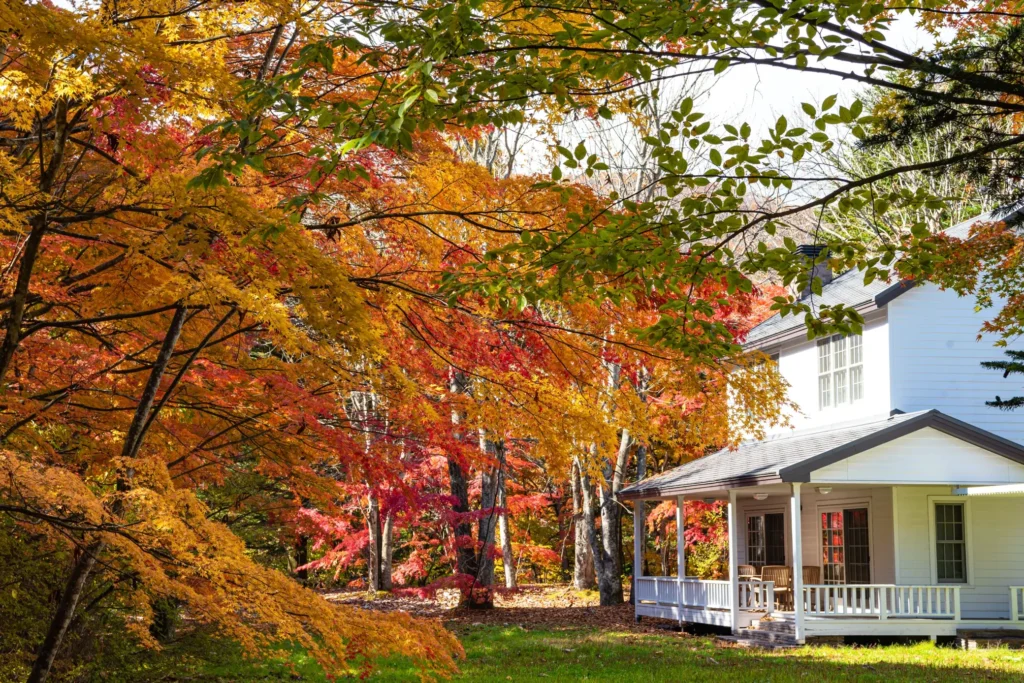
Most homeowners know to expect air quality problems during spring and summer. But did you know that fall presents its own unique challenges regarding indoor air quality? Here’s what you should understand about these seasonal factors so you can take precautionary measures and ensure a consistently healthy environment.
Why Does Fall Impact Indoor Air Quality?
There are a few reasons homeowners experience a dip in indoor air quality in the fall. The first is coming from inside the house. Turning on your heating system for the first time in months often circulates whatever dust and dander particles have been accumulating on it. Because this is also the time you usually close up your home, these particles don’t have anywhere to go other than through your respiratory system.
Another factor is how common specific types of pollen and mold growth are during this time of year. Mold spores from decaying leaves and plants outside travel through the air and through your open windows.
Ragweed pollen is also a major contributor to lower indoor air quality, especially for those who experience allergies or asthma. It’s the same story as the dust and dander from your furnace: once you close up for the winter, the spores and pollen are trapped and constantly circulate through your home.
How Can I Improve My Indoor Air Quality in the Fall?
Start by reviewing the status of your HVAC system. Many homeowners don’t know this, but part of your HVAC’s job is to trap particles that would otherwise decrease your home’s air quality. There are two issues with that, though: it only works if you keep up with maintenance, and it’s not always enough on its own.
You can combat these issues by keeping up with your system’s HVAC maintenance. Check the filters regularly. Experts recommend changing them at least once every two to three months.
You can increase your HVAC’s capacity to trap airborne pollutants by investing in filters with a higher MERV (minimum efficiency reporting value) rating. Look for filters with a score of 13 or higher — these are professional-grade and incredible for filtering allergens, whether big or small.
This is also an excellent time of year to schedule a duct cleaning if it’s been a while since your last one. A duct cleaning can improve both your system’s efficiency and your indoor air quality, making this one of the better investments for starting winter in a clean environment.
Is Professional Whole-Home Air Filtration Worth It?
Whole-home air filtration is easily the most comprehensive option to improve your home’s air quality. These systems work together with your HVAC system to clean the air in every room. Other purifiers still offer similar benefits, but whole-home systems are the only ones of their kind that guarantee the same level of healthy air no matter where you are in your home.
Stay Happy and Healthy This Fall With Air Purification Services
Don’t let poor indoor air quality bring you down this fall! Contact Covenant Air Conditioning today to learn more about the services that will help you breathe easier for years to come.
